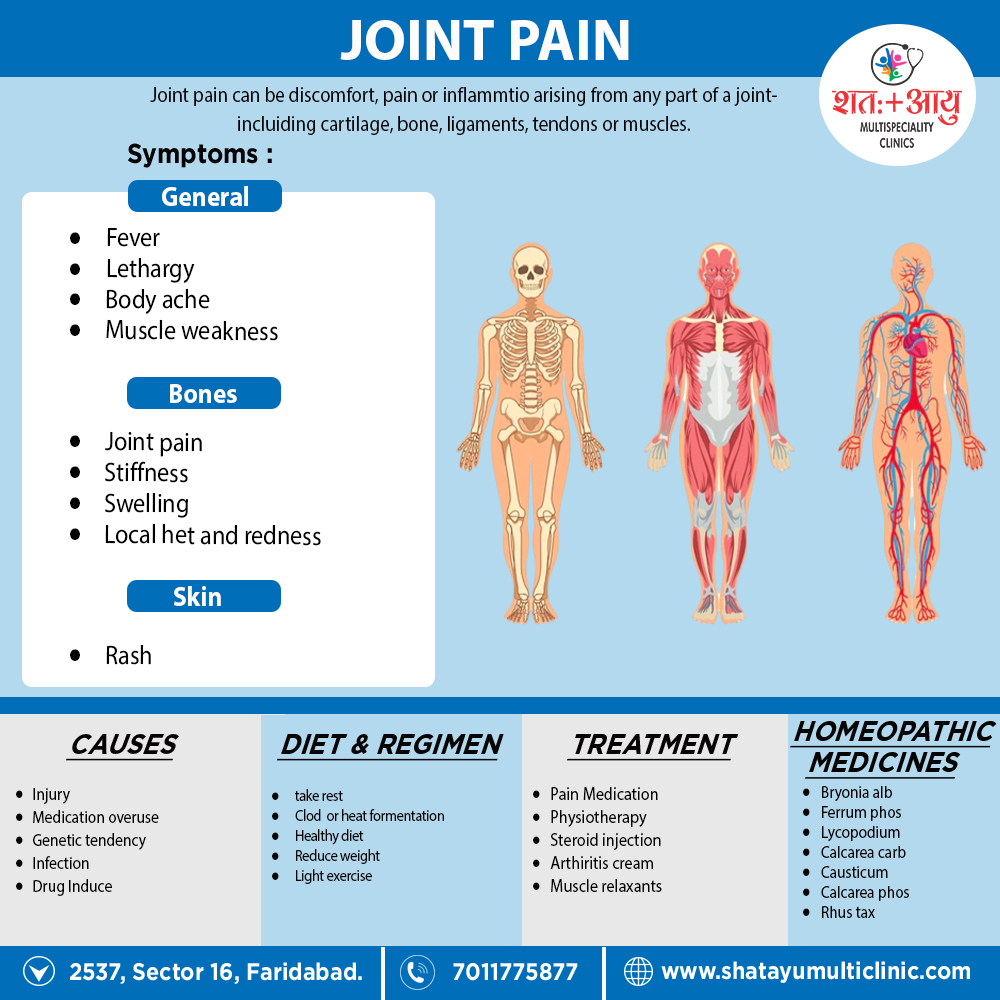Overview of Joint pain
Joint pain can be mild, causing soreness only after certain activities, or it can be severe, making even limited movement, particularly bearing weight, extremely painful.
Disorders of the musculoskeletal system affect all ages and ethnic groups. In the UK, about 25% of new consultations in general practice are for musculoskeletal symptoms.
Musculoskeletal diseases may arise from processes affecting bones, joints, muscles, or connective tissues such as skin and tendon. The principal manifestations are pain and impairment of locomotor function.
Disorders more common in women also most increase in frequency with increasing age. Besides this, The two most common disorders are osteoarthritis and osteoporosis. Osteo arthritis is the most common type of arthritis also affects up to 80% of people over the age of 75.
All in all, Osteoporosis is the most common bone disease and affects 50% of women and 20% of men by their eighth decade. Diseases of the musculoskeletal system are the most common cause of physical disability in older people also account for one-third of physical disability at all ages. [1]
Evaluation of Patient
The Evaluation should proceed to ascertain if the complaint is;
[1] Firstly, Articular or non-articular in origin
[2] Secondly, Inflammatory or non-inflammatory in nature
[3] Thirdly, Acute or chronic in duration
[4] Lastly, Localized (mono-articular) or widespread (poly-articular) in distribution.

